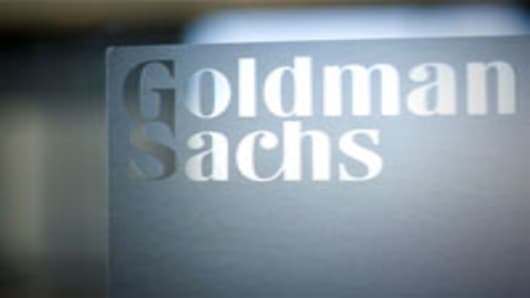The contraction of the new partnership class shouldn't really be a shock to anyone: Goldman has been telegraphing this for quite some time.
The firm has cut its head count by more than 8 percent over the last year and the partnership usually shrinks or grows so that it is between 2 or 3 percent of the overall size of permanent full-time employees. Goldman also fired an unusually large group of senior personnel—at least 50—including some managing directors (who are one rank below the partners), which means there were fewer contenders for the partnership spots.
The size of the contraction, however, is surprising. If the firm really does name just 70 or fewer partners, the contraction is far more severe than Goldman would need to keep its partner-to-employee ratio in line with history. After all, several senior people left in the past two years—which should have created room for new partners.
The best way to think about this is as a form of internal deleveraging. Senior employees at Goldman operate a lot like financial leverage for the firm: providing extra-upside juice in good times but imposing high fixed costs that can be problematic in bad times. (Read more: Wall Street's (Other) Great Deleveraging)
Wall Street firms like Goldman typically describe their people as "human capital." But in many ways, the senior ranks below the upper management are more like "human debt." Only the most senior folks are actual capital. The ranks below them are the leverage, who provide greater returns to the equity in better times, but drain income when revenues are low.
A smaller partnership size should be read by Goldman investors as a projection of lower revenues in the future—although not necessarily lower profits or shareholder returns. After all, a smaller group of partners means that the profits pie gets divided up into fewer slices. (Read more: Blankfein on CNBC: 'Nobody Can Flagellate Themselves as Well As Goldman')
- by CNBC Senior Editor John Carney
__________________________
Follow John on Twitter. (Market and financial news, adventures in New York City, plus whatever is on his mind.) You can email him at john.carney@nbcuni.com.
We also have two NetNet Twitter feeds. Follow CNBCnetnet for the best of the days posts, including breaking news. Follow NetNetDigest for a feed of every single post each day.
You can also be our friend on Facebook. Or subscribe to John's Facebook page.
We're on Google Plus too! Click here for John's Google page.
Questions? Comments? Tips? Email us at NetNet@cnbc.com or send a text message to: 917-740-8477.
Call us at 201-735-4638.



